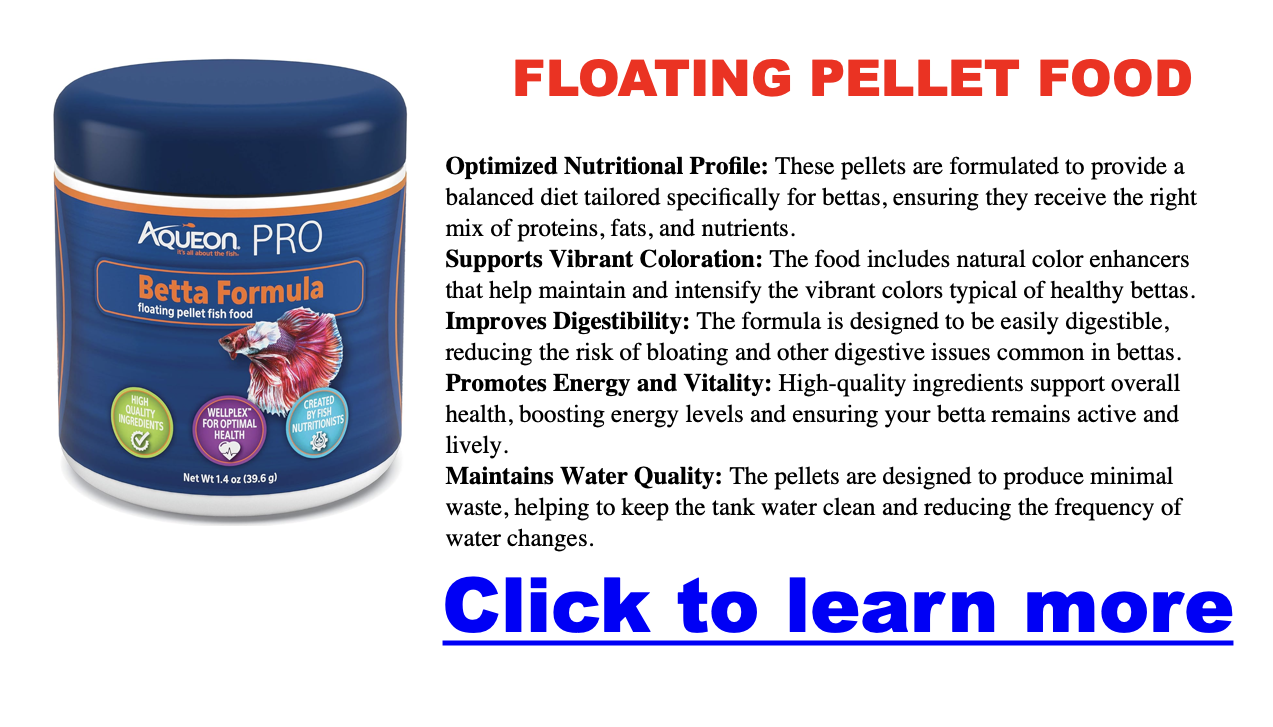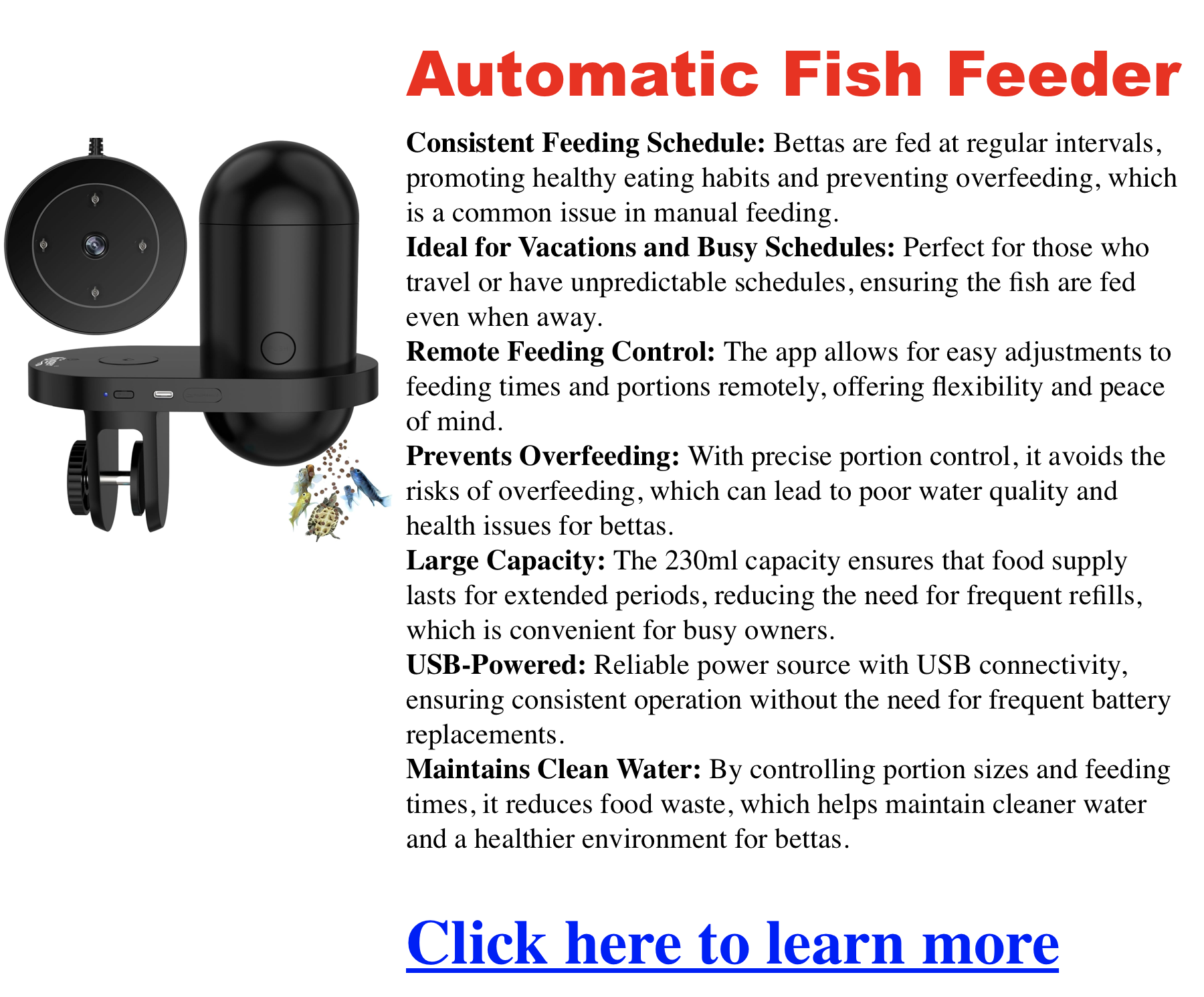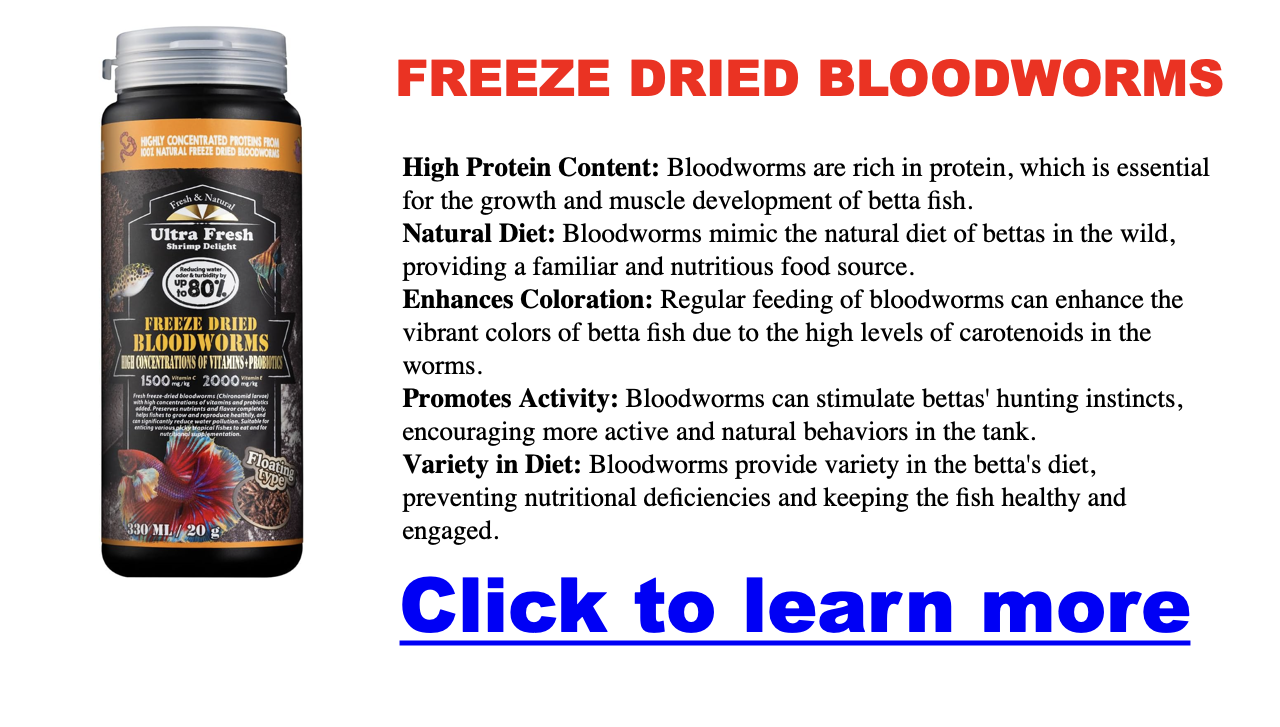Betta Fish Pellets: The Staple Diet Every Betta Needs
Walk down the aquarium aisle and you’ll see shelves full of different foods for tropical fish—flakes, freeze-dried treats, frozen packs, and even live culture kits. But if you ask experienced betta keepers what the best everyday food is for these colorful, carnivorous fish, the answer is almost always the same: pellets.
Pellets are considered the gold standard for feeding bettas. In this guide, we’ll explain why pellets are so effective, how to choose the right ones, how much to feed, and which brands stand out as the healthiest options.
What Are Betta Pellets?
Pellets are small, compact, high-protein bites formulated specifically for betta fish. Unlike generic tropical flakes, which often crumble and sink, pellets:
-
Are betta-sized and easier to portion.
-
Typically float at the water’s surface, where bettas naturally feed.
-
Deliver consistent nutrition in each bite.
There are two main types:
-
Floating pellets: Preferred, since bettas are surface feeders.
-
Sinking pellets: Sometimes used, but risk being ignored or left to rot.
Why Pellets Fit Bettas’ Nutritional Needs
Bettas are carnivorous/insectivorous fish. In the wild, they feed on mosquito larvae, tiny insects, and aquatic invertebrates. To thrive in captivity, their diet should be:
-
High protein (≥35%)
-
Moderate fat (4–10%)
-
Low in fillers like wheat, corn, or soy
Pellets designed for bettas often use whole fish, shrimp, or insect meal as the main ingredient, providing a balanced diet that keeps them energetic, colorful, and healthy.
Pros of Feeding Pellets
-
✅ Portion control: Easy to count and feed consistently.
-
✅ Floating design: Matches bettas’ natural feeding style.
-
✅ Nutrient-dense: Pack in protein and vitamins in each bite.
-
✅ Cleaner than flakes: Less likely to cloud the water.
-
✅ Widely available: Most pet stores carry betta-specific pellets.
Cons of Feeding Pellets
-
❌ Cheap pellets may contain mostly fillers → poor nutrition, bloating.
-
❌ Large or hard pellets may be spit out.
-
❌ Some sink too quickly, going uneaten.
-
❌ Must be replaced every 6 months to prevent nutrient loss.
How Much to Feed
Overfeeding is the #1 mistake new betta keepers make.
Rule of thumb:
-
2–4 pellets per meal, twice daily (adjusted for pellet size).
-
Portion size should equal the betta’s eyeball in volume.
Feeding schedule:
-
Morning: 2–3 pellets, eaten within 2 minutes.
-
Evening: 2–3 pellets.
-
One “fasting day” per week: Allows digestion reset and prevents bloating.
Best Practices for Pellet Feeding
-
Always choose floating, betta-specific pellets.
-
Look for ingredients with fish, shrimp, or insects first.
-
Rotate pellets with frozen or freeze-dried foods for enrichment.
-
Soak pellets briefly if your betta struggles with bloating.
-
Remove uneaten pellets within 2–3 minutes.
-
Store in a cool, dry place and replace containers every 6 months.
Top Recommended Betta Pellets
Here are some of the most trusted and widely recommended options among hobbyists and experts:
-
Hikari Betta Bio-Gold – A classic, betta-specific pellet.
-
Fluval Bug Bites Betta Formula – Insect-based protein, highly digestible.
-
New Life Spectrum Betta Pellets – Premium balance of protein, fat, and vitamins.
-
Omega One Betta Buffet Pellets – Uses whole salmon and shrimp, minimal fillers.
-
Xtreme Betta Pellets – Small pellets, high-quality protein, popular among advanced keepers.
Special Considerations
-
Wild bettas: Some species may resist pellets at first. Start with live/frozen foods, then gradually mix in pellets.
-
Breeding bettas: Require extra live/frozen food for conditioning; pellets alone may not be enough.
-
Young/small bettas: Use micro-pellets or crush larger ones into smaller pieces.
Pellets vs. Other Betta Foods
Here’s how pellets compare to other common betta food types:
| Food Type | Pros | Cons | Best Use |
|---|---|---|---|
| Pellets | Balanced, portionable, float well | Must choose quality brands | Daily staple |
| Flakes | Cheap, easy to find | Poor nutrition, sink/rot, messy | Backup only |
| Freeze-Dried | Convenient, parasite-free | Risk of bloating, less nutritious | Weekly treat |
| Frozen | Nutrient-rich, bettas love them | Requires thawing, freezer space | Supplement 2–3x weekly |
| Live | Closest to natural diet, enriching | Harder to source, parasite risk | Occasional enrichment |
Conclusion
When it comes to feeding bettas, pellets are the staple diet every betta needs. They deliver balanced nutrition, are easy to portion, and match a betta’s natural feeding behavior at the surface.
-
For pet bettas (Betta splendens): High-quality pellets should be their everyday food.
-
For wild bettas: Pellets can be introduced, but frozen and live foods are essential.
The takeaway: Pellets = staple. Flakes = backup. Frozen/live = supplements.
Feed correctly, and you’ll have a betta that’s not just surviving—but thriving, showing brighter colors, more activity, and better health for years to come.


